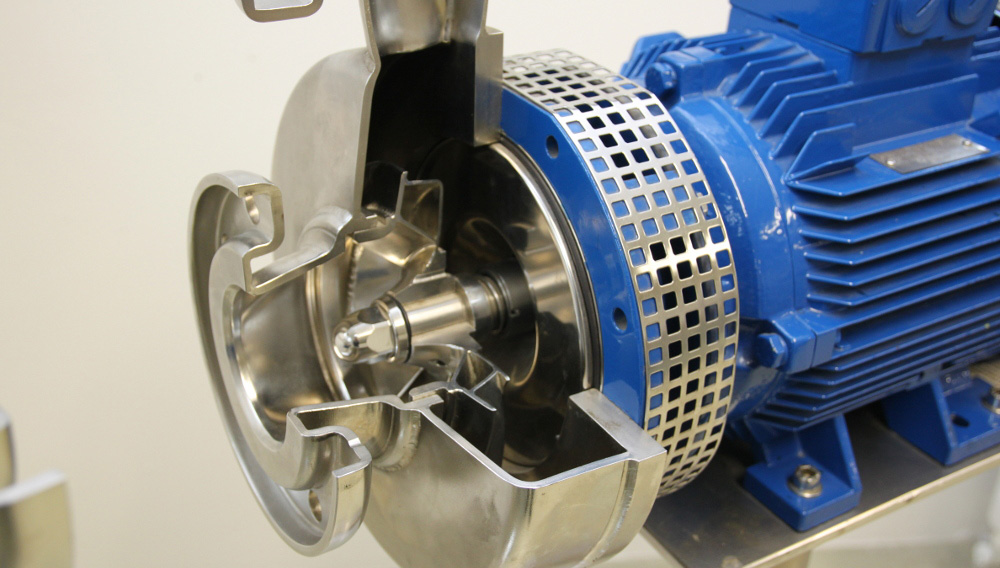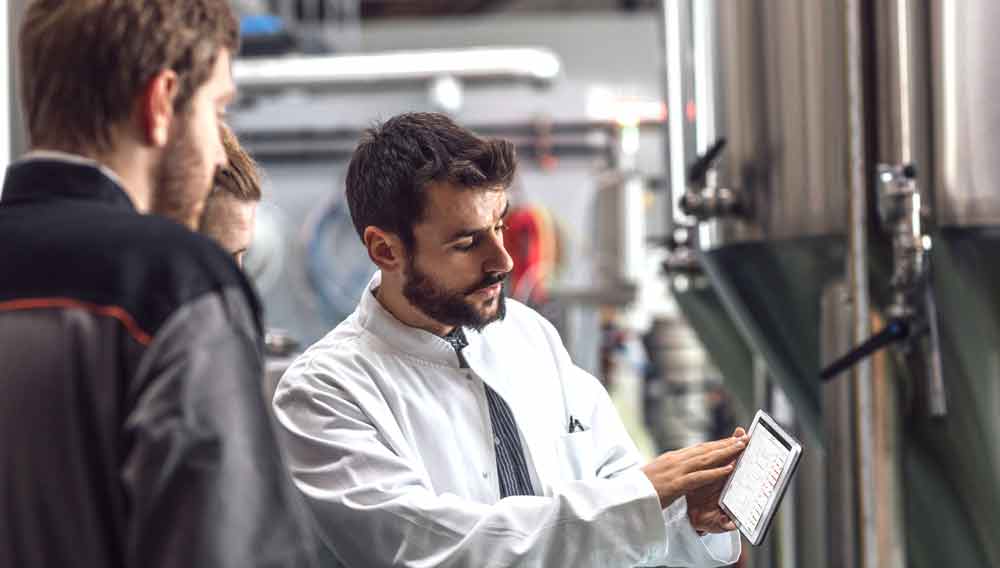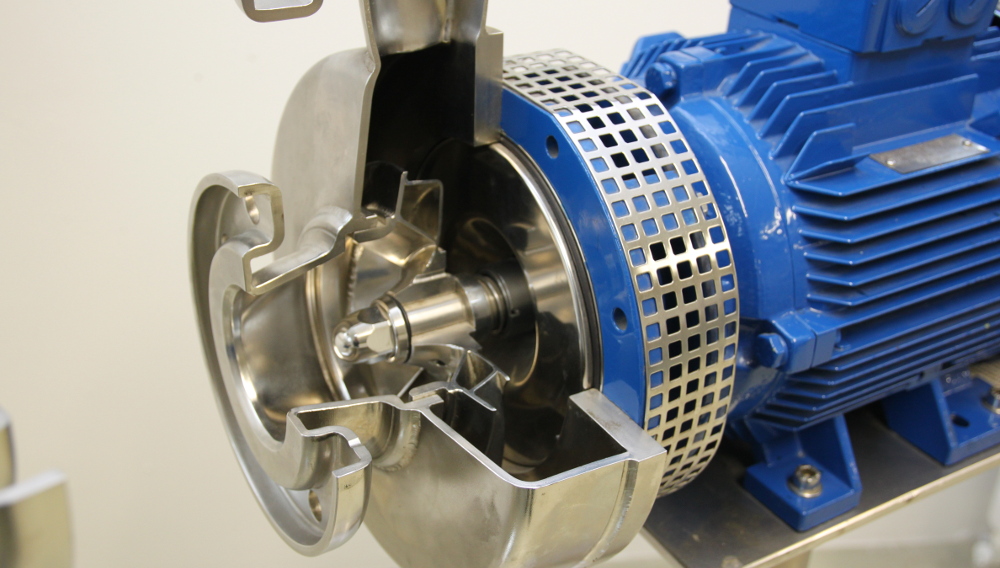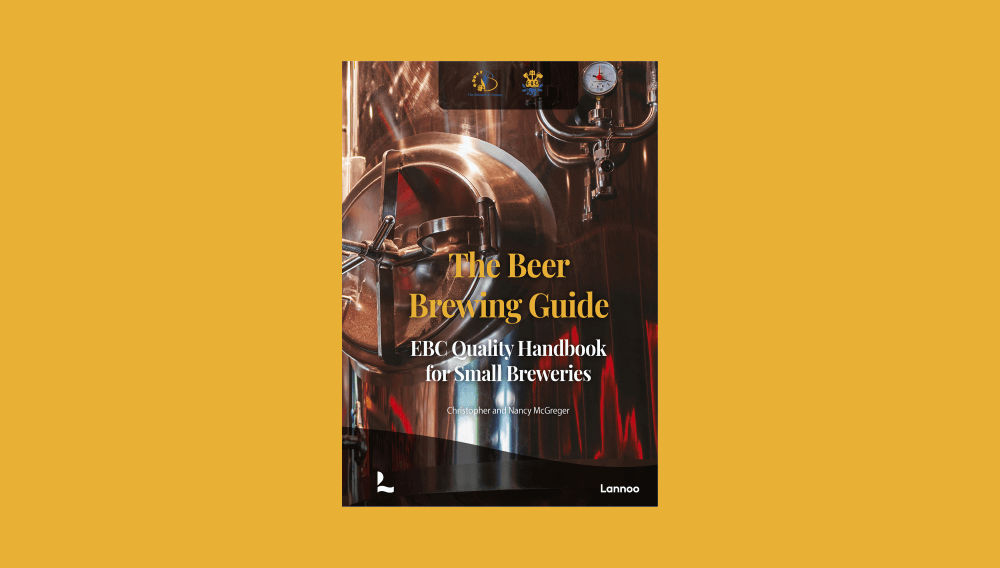
High-viscosity media | The fourth part of this series of articles “Pumps in the beverage industry” deals with pump types which can also pump high-viscosity and, in some instances, media containing solids such as yeast suspensions, mash and spent grains: rotary piston pumps, impeller pumps, single-spindle pumps and peristaltic pumps.

Central component | In this third part of the series of articles about pumps, Hans-J. Manger describes a small but essential component of pumps: the shaft seal, as well as the main points for installing centrifugal pumps and avoiding cavitation.

Always up-to-date | “Monday moaning meetings” – the start of the week for breweries is frequently met with a groan. It is when the folders and reams of data come out. As one of the breweries pioneering a digital innovation developed in a GEA design sprint, Störtebeker Braumanufaktur can in the future dispense with this paper chaos. GEA InsightPartner Brewery provides real-time data, helping quality control and making the Stralsund-based brewery faster, more productive – and smarter. The tool not only gives Störtebeker an intuitive overview of performance data, but also something even more precious: time.

Components of centrifugal pumps | Centrifugal pumps, in particular rotary pumps and side-channel blowers, play a central role in production of beverages. This second part of the series of articles about pumps describes the design of the drive and pump shaft and explains the requirements relating to these types of pumps used in beverage production.

Introduction and designs | Pumps are central elements in breweries and beverage operations, they are workhorses that keep processes running. A multi-part contribution covers the different common designs and criteria for use of pumps. This first part deals with general questions, pump designs and centrifugal pumps.

Developers want feedback | On October 1, 2020, Dr. Mark Schneeberger assumed leadership of Application Development Beverage & Beer at GEA in Kitzingen, Germany. He succeeded Dr. Rudolf Michel, who went into well-deserved retirement at the end of March 2021. BRAUWELT interviewed Dr. Schneeberger about his new position, one year on.

Green hydrogen | A continuously growing number of companies are choosing to reduce their CO2 footprint or even achieve CO2 neutrality. For production companies, including those from the brewing sector, this often raises the question of how to provide process heat in a climate-neutral way. The use of green hydrogen in boiler systems represents a significant opportunity. As well as generating a high boiler efficiency rate of up to 98 %, its combustion is entirely CO2 neutral. The following technical report focuses on solutions using hydrogen boilers and on technical measures for safe, clean hydrogen combustion.

Centrifugal pumps | VLB Berlin has developed new methods for determining whether a pump is conveying fluids in a gentle manner and has thus created a new service that allows centrifugal pumps to be evaluated with regard to their pumping properties. The new method is based upon the formation of β-glucan gel from barley in response to shearing forces. Unlike established methods derived from the field of microfluidics, the pump does not need to be modified. It can be tested in the same condition as it would be supplied to the customer.

Hüll aroma hops | The climate change brings particular challenges for hop growers and brewers. Aurum, the new Hüll aroma variety with a Tettnanger background, presents itself not just as a climate-tolerant noble hops but also with a fine-hoppy aroma in combination with a pleasant subtle bitterness and lives fully up to its name in numerous brewing tests.

Test brews | Yield of hop bitter substances is key to efficient use of hops. However, solubility of α-acids in an aqueous environment strongly depends on pH value and temperature. In this respect, wort does not offer optimal conditions for adequate isomerisation of α-acids. When ionising water, a by-product having an alkaline environment is formed. This is used for isomerisation of hop α-acids and for raising yield of bitter substances.
Comprehensive guide | With the “Beer Brewing Guide – the EBC Quality Handbook for Small Breweries”, published in June 2021, the Brewers of Europe and the European Brewery Convention commissioned a new must-have book that provides small breweries and aspirational professional brewers with practical tips to improve the way they brew on all critical quality points, from receiving the ingredients to ensure their beer is poured the perfect way.




